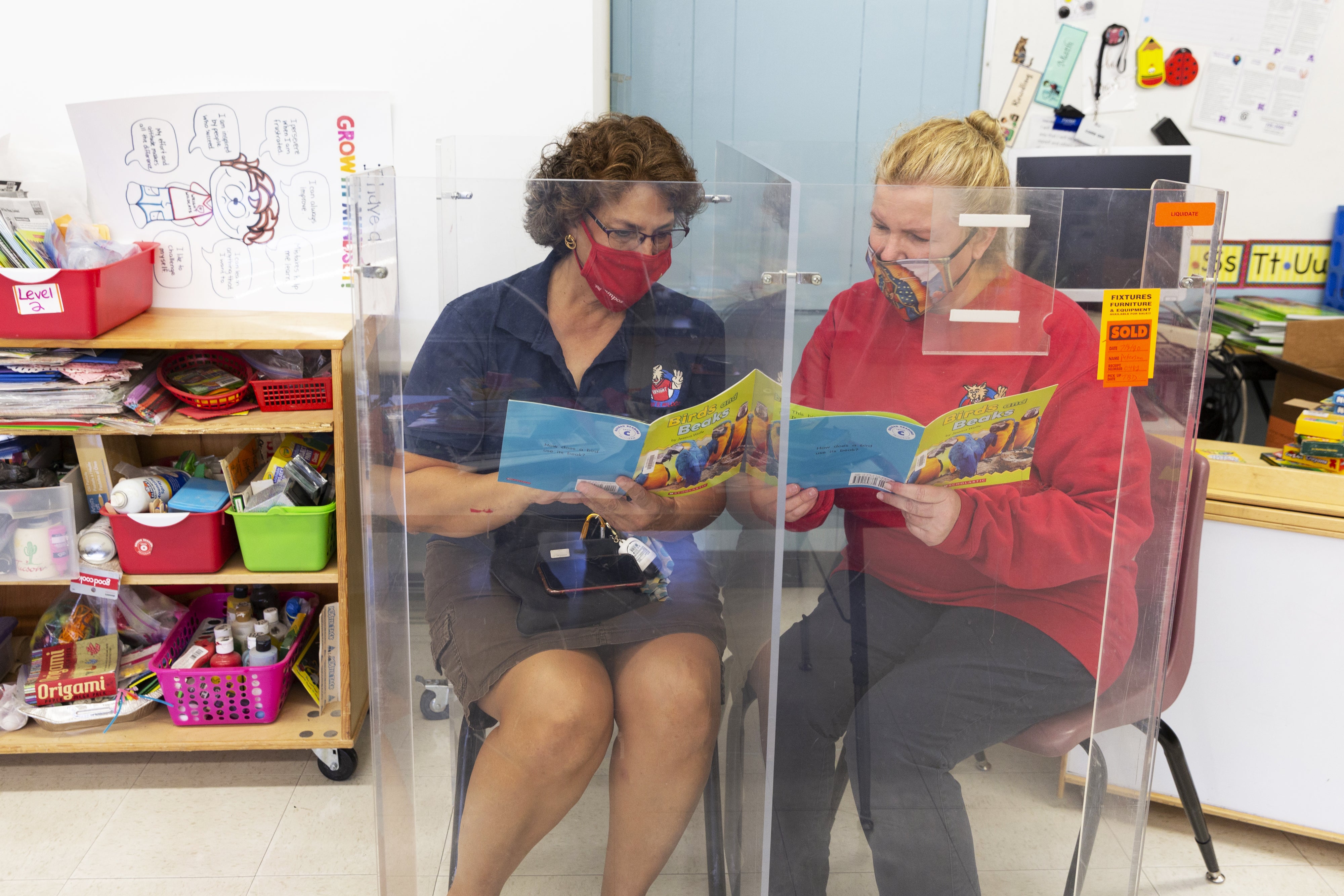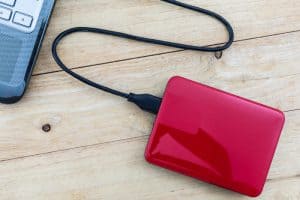[responsivevoice_button rate=”1″ pitch=”1.2″ volume=”0.8″ voice=”US English Female” buttontext=”Story in Audio”]
Schools Have No Good Options for Reopening during COVID-19

Even as schools have already begun reopening across the United States, debate is still intensifying over whether students should be physically present in classrooms. Children are widely thought to be at relatively low risk of developing severe COVID-19, but a new report from the American Academy of Pediatrics (AAP) indicates that cumulative cases doubled in roughly the past month: between July 9 and August 13, the number increased from about 200,000 to over 406,000. Physically reopening schools might accelerate the increase—potentially raising the number of children with severe symptoms and spurring spread among the community at large.
Whether children attend classrooms or learn remotely at home, each option carries a risk of harm to students, their families and the adults who work with them. The novel coronavirus that causes COVID-19 can spread through the enclosed halls and classrooms of a school building; but prolonged reliance on virtual learning alone may disrupt a child’s educational and social development, and can have serious longer-term economic repercussions. In an attempt to minimize damage, individual schools are implementing a variety of different plans, and are prepared to change course if local conditions shift.
The Public Health Risk
Existing evidence suggests that children—though definitely not immune to COVID-19—are in some ways less vulnerable than adults. A June study in Nature Medicine found that people younger than 20 are half as likely as older adults to contract the disease. The AAP report that indicated increasing cases among children also found this population represents just 9.1 percent of all U.S. COVID-19 cases—and that severe cases of coronavirus are rare among children, resulting in fewer hospitalizations and deaths. “Fortunately, COVID in children, in the vast majority of cases, is a very mild, self-limited illness. Many children are often even asymptomatic,” says Danielle Dooley, a pediatrician and spokesperson for the AAP.
Although the risk is lower, it is not nonexistent. The AAP report notes that a small percentage of this age group—between 0.2 and 8.8 percent of child COVID-19 cases—did require hospitalization, and an even smaller percentage—0 to 0.6 percent—died. The same report indicates that 19 out of the 44 states included in the AAP numbers reported no deaths among children. In the states that tragically did see fatalities, they made up fewer than 0.4 percent of all COVID-19 deaths—but if the total number of infections in this age group rises, the number that develop a severe case would likely increase as well.
Children also might pass the coronavirus to adults, who tend to have much more severe symptoms. Teachers, janitors, bus drivers and others must all spend significant amounts of time with students in enclosed spaces, where they are at a relatively high risk of contracting COVID-19 from children (as well as each other). Before students even entered public school buildings in Gwinnett County, Ga., 260 employees who attended planning meetings either tested positive for COVID-19 or had had contact with someone else who had. In Santa Clara, Calif., 40 school officials took part in an indoor meeting; days later, one of the officials received a positive COVID-19 test—and as a result of their exposure, the other attendees had to go into quarantine. Many school employees fear that returning to the classroom will put their lives, and those of their loved ones, at very real risk.
“The issue we need to worry about is whether or not [children are] vectors,” says Helen Jenkins, an infectious disease epidemiologist at Boston University School of Public Health. The science on how much children transmit the coronavirus is not settled. Some data suggest, Jenkins says, that “those infected are half as likely as adults to transmit to others.” Dooley notes that “We also are seeing increasing data that [children] don’t tend to be spreaders, so they’re not necessarily passing it to other children or other adults in their household or their community—from the data that we have so far.” But other data indicate children older than 10 can act as vectors. A study in Emerging Infectious Diseases, published online in July, analyzed contact-tracing reports for nearly 6,000 coronavirus patients in South Korea, and found those aged 10 to 19 spread the virus as much as adults did.
[More information on the ongoing question of how children spread the coronavirus.]
Even if transmission rates and serious cases are very low, students physically attending school could carry at least some infections home to family members—who could face far worse health threats and spread the virus more effectively among the general population. This may have contributed to a second wave of coronavirus cases in Israel; in May the country’s numbers were encouragingly low, so schools reopened with few restrictions. But then the number of infections in children quickly spiked, followed by those among older Israelis. In other countries, schools safely reopened by being more cautious and implementing a variety of restrictions—mandating masks, limiting student interaction, or slowly ramping up their plans to begin reopening with only younger children present or for only one day a week.
The Developmental Risk
There are enormous advantages to having kids in classrooms. “Schools play a really central role in children’s lives, and it’s just not possible to deliver all of the services and benefits of schools when you are in a remote learning situation,” Dooley says. She explains that schools often provide food—more than 30 million children rely on them for nutritious meals—as well as recreation and physical and mental health care. Beyond this, “being around your peers, being around a community of supportive adults—that’s really critical for a child’s development,” she points out. “They need that contact with their peers in order to grow.”
Of course, all that is on top of the most important service schools provide: education. “Education is a really important determinant of health and lifelong health outcomes,” Dooley says. Students who try to take classes virtually require the equipment and internet connections to do so. Special education students need extra attention that they cannot always receive via videoconference. Younger children require adult engagement, often from a stay-at-home parent or a hired tutor, in order to complete their work. Many students, particularly those from lower-income households, lack these options and are falling behind in their studies as a result. Wealthy families can buy supplies, provide high-speed internet and hire private tutors, allowing their children to avoid such setbacks. Also, the wealth gap between white and minority families means this imbalance in school outcomes may increase the achievement gap between white and minority students, according to reports from the Center for American Progress research institute and the consulting firm McKinsey & Company.
Many parents and communities also have to rely on school systems for basic child care during working hours. And since online learning itself often requires at least some adult help, even parents who are able to work from home can find themselves in the extremely stressful position of having what amounts to two full-time jobs: paid work, and unpaid child care and teaching. The situation is often described in terms such as “crushing.” This can cause economic problems as well as mental health ones. If schools do not reopen, some parents (many of them mothers) may be forced to leave the workforce—and then be unable to return. On an individual level, families will lose income; on a society-wide level, this could severely damage the economy.
To avoid this, institutions including the AAP, the U.S. Centers for Disease Control and Prevention, educators’ organizations and the National Academies of Sciences, Engineering, and Medicine have advocated for in-person schooling—if it can be done safely. This means establishing effective and rigorously enforced rules and protocols that will allow students to physically attend school while minimizing risks to their health and that of their communities.
How to Reopen Schools
There can be no universal, one-size-fits-all rules for reopening physical campuses safely. Community transmission rates vary greatly from region to region, and month to month. Different districts face widely disparate financial realities. Even within the same school system, younger and older students differ in their ability to learn virtually—and in their likelihood of spreading the novel coronavirus. “We have to be prepared and flexible for an ever-changing school year,” Dooley says. “Protocols and procedures put in place at the beginning of the school year may need to change as the level of disease may increase in a community.”
Many of the measures for keeping school attendees safe are the same as the ones meant to help protect the general population: covering faces, regularly washing or sanitizing hands throughout the day, limiting students to small social “bubbles” (also called “pods” or “cohorts”), improving ventilation in classrooms, and even teaching outdoors when possible. Keeping children and adults at a distance from each other would also help, but this can be difficult because it requires space that is often simply unavailable. Some contend this problem can be addressed by staggering schedules so each student attends classes in person fewer days a week (studying online from home the rest of the time), reducing the number of people in a building at a given time. “Another thing we can do is regular testing,” Jenkins says. “Children are more likely to be asymptomatic,” so rapid testing would allow schools to identify and isolate people with COVID-19 to protect other students and teachers.
Several of these measures—improving ventilation, having some children attend classes virtually, and providing fast and regular tests—will be inconvenient and require additional funding, potentially from the federal government. Perhaps because of this difficulty (as well as political pressure from some who insist that enforcing pandemic precautions is unnecessary or overly intrusive), many schools have pushed to physically reopen without the requisite precautions. Last month Florida and Iowa announced that schools must provide in-person instruction, despite the fact that COVID-19 cases were rising in both states. In Georgia, photos of mostly maskless high school students crowding a hallway spread on social media; after nine people tested positive for COVID-19, the school had to institute online-only learning while the building was closed for cleaning. Without safety measures—or with sudden spikes in community spread—other schools may reopen only to quickly close campuses as well.
“One of the best things we can do to keep [schools] safe is to keep local community transmission low,” Jenkins says. To do so, she recommends that authorities take strong action to control the virus—even when that means closing businesses such as gyms and bars. “It’s very tempting to want to reopen as many industries making money as possible, because there’s big pressure to get the economy going,” she says. “But it’s unlikely we can have everything. I hope [governors are] thinking of priorities, and I’d hope schools would come near the top of that.”
Read more about the coronavirus outbreak from Scientific American here. And read coverage from our international network of magazines here.



























